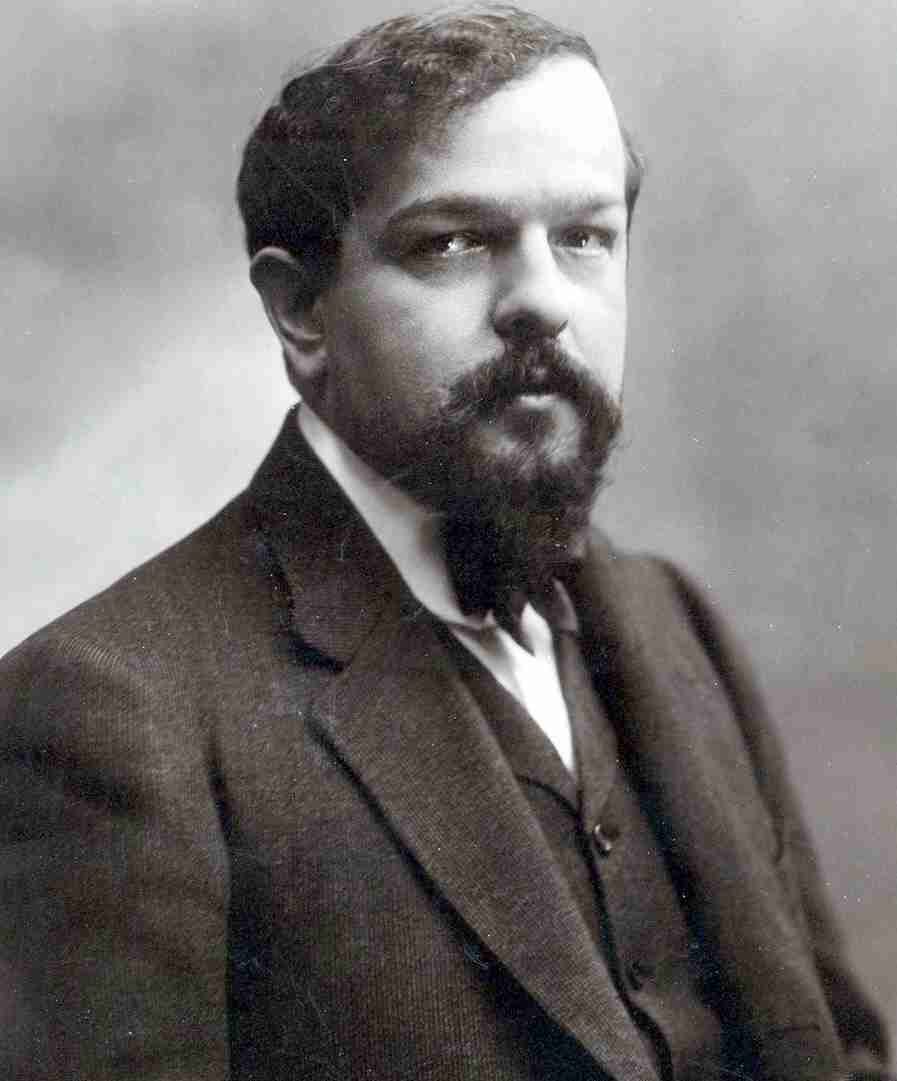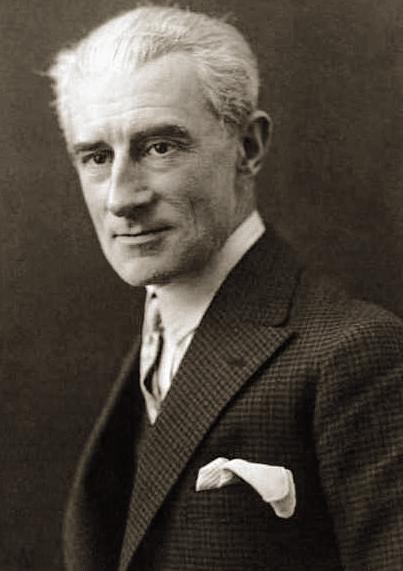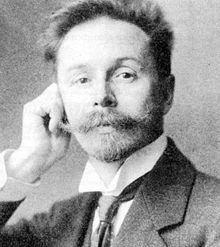Nick
Catalano is a TV writer/producer and Professor of Literature
and Music at Pace University. He reviews books and music for
several journals and is the author of Clifford
Brown: The Life and Art of the Legendary Jazz Trumpeter,
New York
Nights: Performing, Producing and Writing in Gotham
, A
New Yorker at Sea,, Tales
of a Hamptons Sailor and his most recent book,
Scribble
from the Apple. For Nick's reviews, visit his website:
www.nickcatalano.net
With a conceptual
reportorial coup, the New York Philharmonic celebrated the legacy
of French Impressionism initiated by Claude Debussy, continued
by a small coterie of composers, and brought into the 20th century
evolving into a tonal revolution. On March 5th guest conductor
Louis Langrée led the orchestra in performances of Debussy’s
Prélude à l’après-midi d’un
faune and his triptych Nocturnes, Maurice Ravel’s
Shéhérazade and Alexander Scriabin’s
Le Poème de l’extase (The Poem of
Ecstasy). These strategically selected compositions successfully
capture impressionism’s naissance and short-lived golden
age.
The
New York Philharmonic performed flawlessly. The orchestra continues
to ripen its magic and in this concert rendered the languorous
subtleties of the impressionistic sounds with mesmeric dynamism.
Necromantic chantings delivered by the Women’s Chorus
from the  Juilliard
School brilliantly penetrated Debussy’s mysticism while
bewitching emittances from Isabel Leonard delicately captured
Ravel’s cantillated sounds.
Juilliard
School brilliantly penetrated Debussy’s mysticism while
bewitching emittances from Isabel Leonard delicately captured
Ravel’s cantillated sounds.
Even
though Debussy vigorously rejected the term ‘Impressionism’
it is more helpful than most ‘isms’ which try to
identify the essence of a style. Debussy’s achievement
in liberating European music from its tonal and rhythmic rigidities
cannot be underestimated as it has been all too often.
Wordsworth
once proclaimed that imagination rules when “the light
of sense goes out . . . with a flash that has revealed the invisible
world . . .” This observation delivered at the beginning
of the 19th century was a clarion call for modern Romanticism.
Keats followed up on this notion probing the subjective and
psychological: “Heard melodies are sweet but those unheard
are sweeter.” Shelley mused about mystical and incorporeal
reality uttering “The awful shadow of some unseen power/
Floats though unseen among us.” These works succeeded
in focusing attention on those corners of the human mind previously
ignored but destined to preoccupy science (Freud, Jung, Adler)
and art to the present day.
The
tradition where intellect was held as the singular apotheosis
of achievement and the human imagination virtually ignored became
vigorously challenged in France.
In
writing, Alfred de Musset, Victor Hugo, Francois-René
de Chateaubriand, Alfred de Vigny and Stephan Mallarmé
(a conspicuous Debussy influence) ushered in the power of imagination
with revolutionary new forms. In painting the absolute power
of the neo-classical salons was finally fractured by Renoir,
Monet, Degas, Manet, Pissarro and a host of other impressionists
who led the world toward further exploration of the mysteries
of the imagination. And in music there was Debussy.
The
New York Philharmonic concert arrived on the heels of two connected
writings -- Stephen Walsh’s recent Debussy bio, A
Painter in Sound (Knopf) and a review of the book by renown
contemporary composer John Adams. Adams unequivocally referenced
Debussy as “the quintessential French composer”
whose achievement was “miraculous.” In his incisive
review of the Walsh bio, Adams articulately noted the Frenchman’s
“liberation” of magnetic chords from the cause and
effect “grammar” of earlier music. Together, with
the employment of whole-tone scales, traditional chordal relationships
were thus left behind with chords free to “float”
from each other in connections which are sometimes purposively
ambiguous.
The
effect of these and other Debussy innovations allowed the music
to capture the mysticism of Nature in compositions such as “La
Mer” as well as the works noted above. Nature was seen
without interfering humans as in paintings by J.M.W. Turner,
and the works of the aforementioned French painters. The music
pursued Nature as the same source of imaginative energy that
we noted in Wordsworth’s pronouncement. Debussy’s
Prelude to the Afternoon of a Fawn is the classic example.
If one traces the literature, the art and the music of the figures
just noted, the 19th century movement from Romanticism to Impressionism
becomes readily apparent.
The
Philharmonic concert was perhaps most notable in illustrating
Debussy’s influence on the music that followed him. If
he was the first major composer to incorporate newly heard sounds
into his works, Ravel, 13 years his junior, was not far behind.
He openly acknowledged the influence of Debussy when he wrote
Scheherazade in 1904 and credited his senior with his movement
into a fascination for the Orient which this composition also
illustrates. Here he invoked the hexatonic scale of the Far
East and began writing songs reflecting this ‘oriental
inspired Impressionism.’ In 1910 Ravel produced a multicultural
collection of this music for a competition announced by the
House of Song in Moscow.
Which
brings us to the third composer selected for the NY Philharmonic’s
concert -- Alexander Scriabin. The French composers’ impressionistic
adventures had obviously captured the imagination of the diminutive
Russian (he was barely five-foot-one) who had studied piano
and composition alongside his friend Sergei Rachmaninoff, but
by 1905 had gone in a far different direction from him. In that
year he began composing “The Poem of Ecstasy” and
orchestrated it in the next few years. The new compositional
ideas he gleaned from the impressionists need an unusually large
orchestra which the NY Philharmonic concert amply provided.
The work is certainly not as well-known as the music of Debussy
and Ravel but it clearly evidences  how
their new ideas influenced Scriabin.
how
their new ideas influenced Scriabin.
Sergei
Prokofiev was the first to acknowledge Scriabin’s novel
notions when he said “Both the harmonic and the thematic
material, and the voice-leading in the counterpoint were completely
new.” The Philharmonic’s performance of Scriabin
was conspicuously gratifying to my ears. I had only heard scattered
recordings of “Ecstasy” in the past and hearing
it live at David Geffen Hall was a huge treat. As one of the
last concerts before COVID-19 caused Lincoln Center to cancel
its performance seasons, it will remain a hallmark evening far
into the future.
The
musical achievement of the initial French impressionists extends
to the present day. Hard upon the music discussed here Arnold
Schoenberg commenced his work in free atonality. In 1908, with
his first explicitly atonal piece -- the second string quartet
(op. 10) -- he constructed the last movement with no key signature
marking his formal divorce from diatonic harmonies. The long
litany of composers and compositions influenced by his atonal
experiments has necessitated a mountain of critical commentary.
But alluding to Schoenberg at the conclusion of this writing
on Debussy and the initial French Impressionism is a good place
to complete this discussion.
One
is hopeful that the NY Philharmonic will continue programming
music as intriguing and as excellently performed as the show
reviewed here. It was truly a magnificent evening.